Insights
About the Philippines
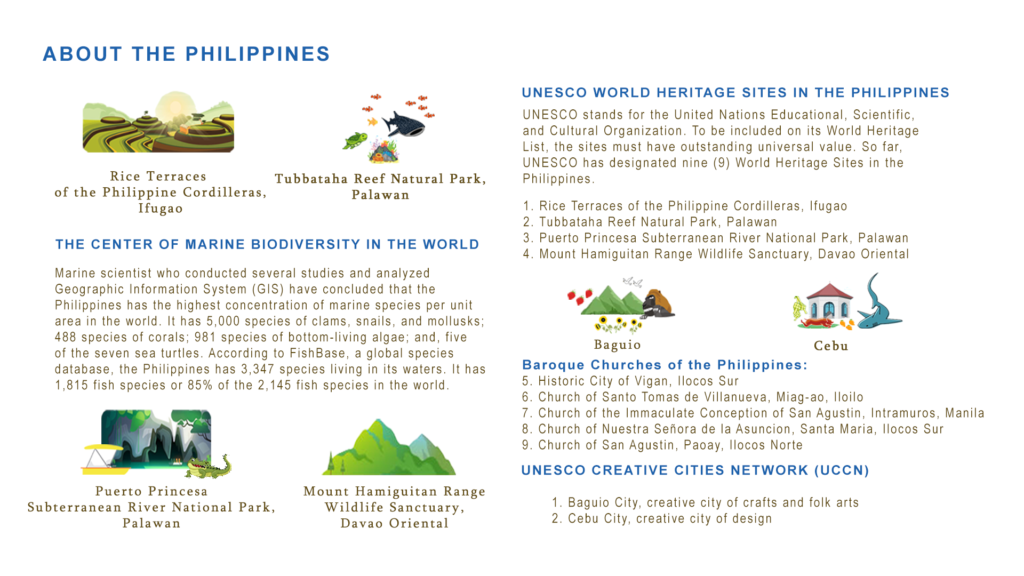
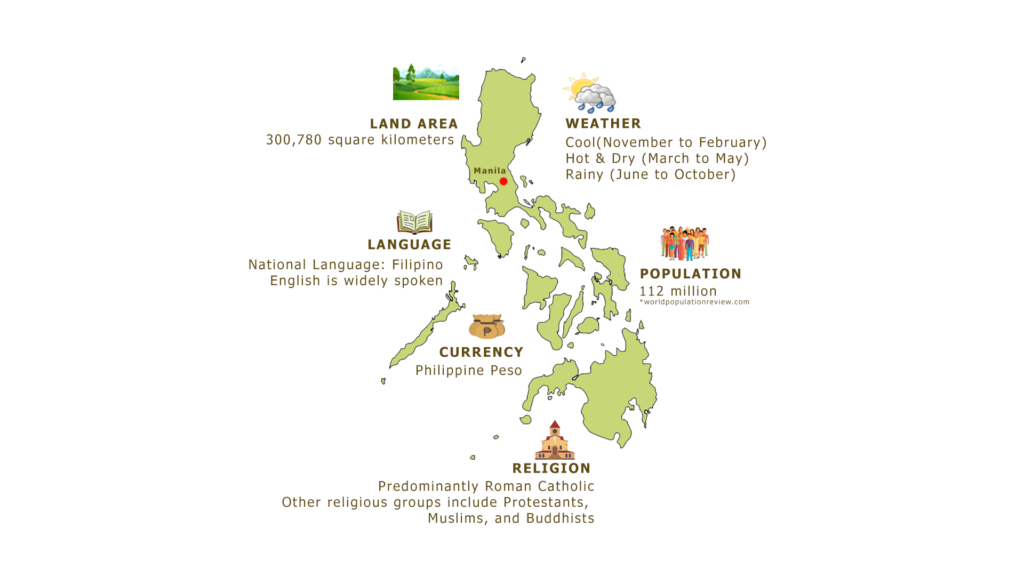
Popular Festivals
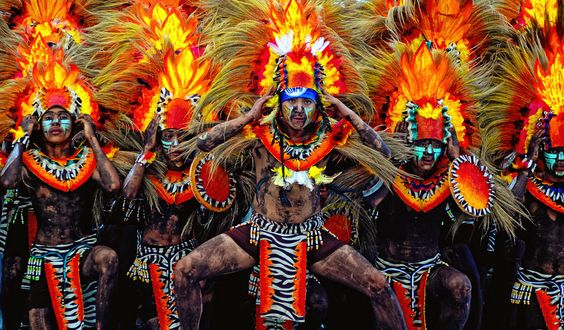
Think of some of the most fun parties you’ve been to. Then imagine if the entire city joins in. Music and dancing pulsate across streets. Flag lets are strewn across houses. Tables spill over with food and drink. Welcome to the Philippine fiesta.
A post-colonial holdover from the Spanish era, the fiesta is where local ritual and gratitude for another passing year meet in raucous cultural celebrations that prove Filipinos sure know how to party!
THE SINULOG FESTIVAL
When and where: The third Sunday of January in Cebu ever wanted to celebrate with millions of people? Here’s your chance. Cebu’s epic version of the fiesta is the Sinulog Festival, a combination of animist ritual and Catholic rites that honor the Santo Nino (infant Jesus). Pilgrims and partygoers travel from all over to attend this weeklong celebration. In 2013, a record of tour million people came to join the revelry.
The river flotillas and candle-lit processions that open and close the festival are punctuated throughout by street parades, concerts, and mall sales across the city. Don’t miss the grand finale on the third Sunday of January: a float parade featuring over a hundred colorful contingents comprised of dancers, drummers, and local beauties.
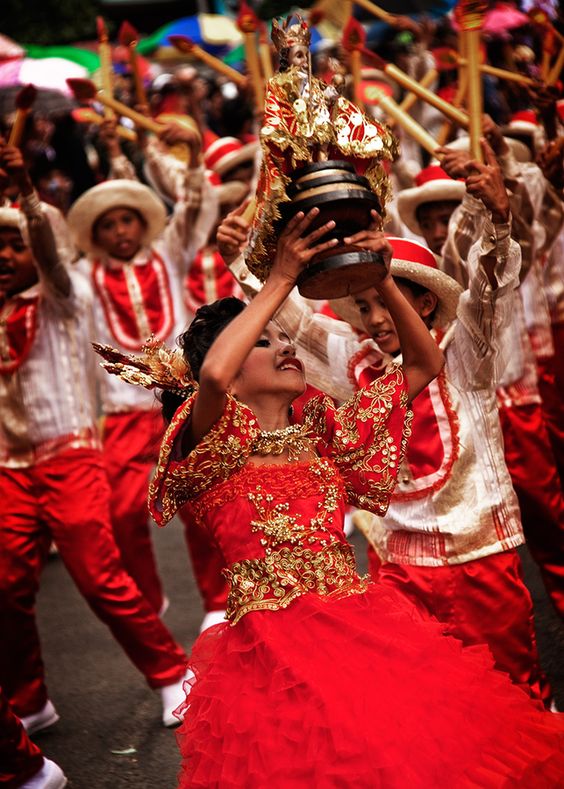

The DINAGYANG FESTIVAL
When and where: Three days during the fourth week of January in lloilo Heritage meets devotion and dance at the Dinagyang Festival. It’s part religious celebration of the Santo Niño and commemoration of the island’s historical Malay settlement granted by the Ati tribe. Expect a sea of striking costumes and color during the festival’s highlight: a showcase of warrior tribal dances fueled by chanting and improvised percussion. The atmosphere is nothing short of electrifying.
Festival Fuel: llonggo cuisine is a star on its own and worth a visit it you’re searching for some of the best food in the country. Try la paz batchoy (rich noodle soup topped with pork skin cracklings), pancit molo (pork dumpling soup), baked oysters, and giant red crabs.
“This is the Ati-atihan, wild and euphoric. No other party in the country can rival its excitement.” – Mark D. Go, Travel writer, Philippines
THE MASSKARA FESTIVAL
When and where: Every third week of October in Bacolod the Masskara Festival embodies the Filipinos come-what-may happiness. Here, one will find the entire city smiling as partygoers enjoy music and dancing while donning grinning masks. This fiesta started in the 1980s when the city underwent a period of socio-economic crisis. The local government, civic groups, and artists created the festival as the ultimate morale-booster for the locals, a celebration that declares Bacolod will always pull through during tough times.
Festival Fuel: Savor chicken inasal, roast chicken on a stick marinated in lime pepper, vinegar, and annatto. It’s best eaten with one’s hands on giant banana leaves for plates and dipped in a mix of sinamak (spiced vinegar) and soy sauce.
“Masskara Feels like a mashup of Mardi Gras with Carnival in Rio and Venice, but at the same time it is distinctly Filipino, which somehow makes it completely authentic.” – Jay Tindall, Co-founder of Asia Luxury tour operator, USA
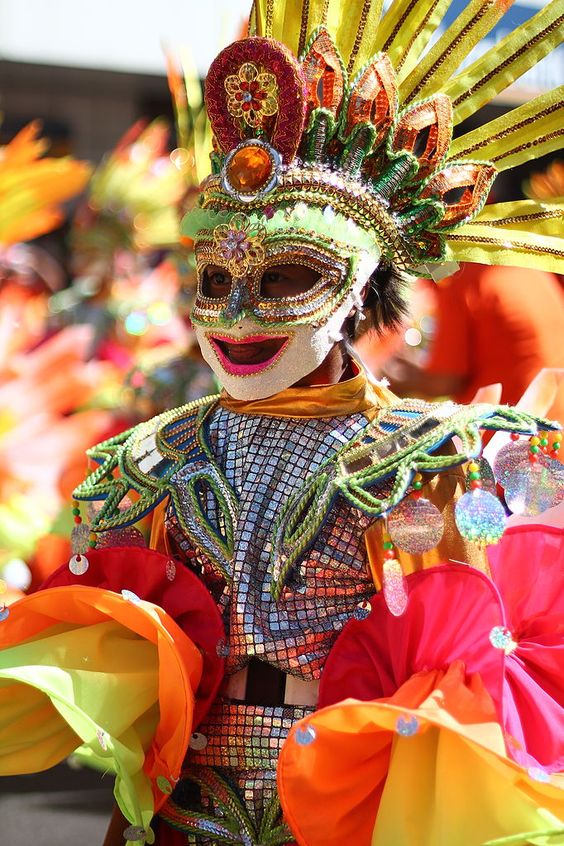
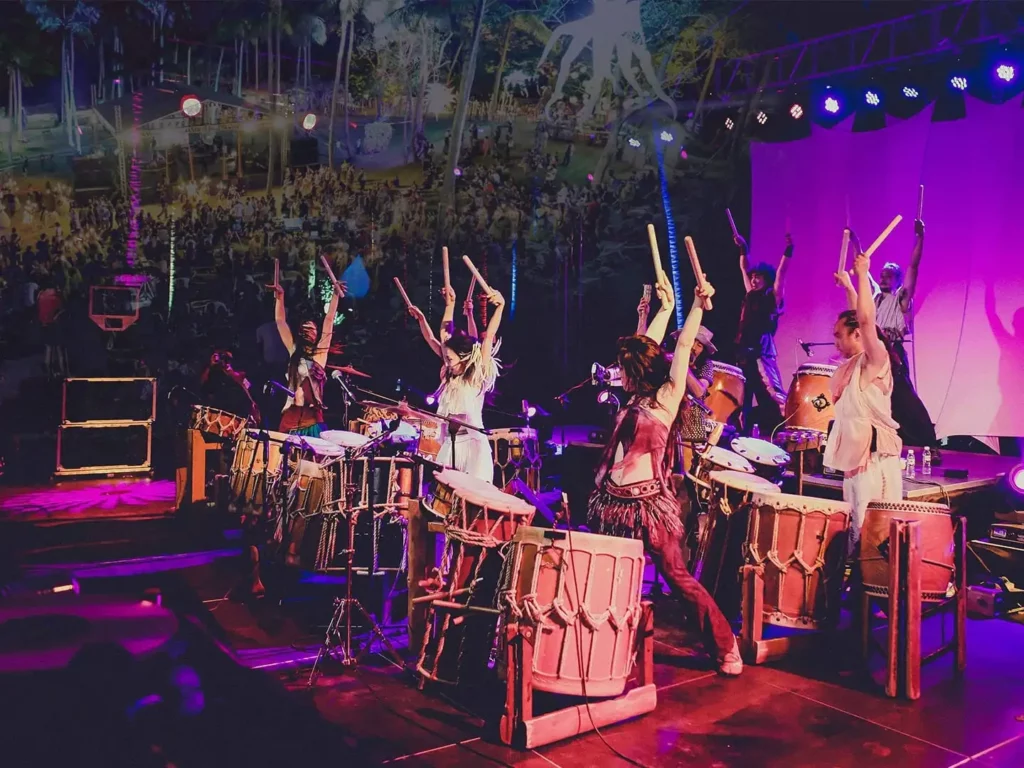
THE MALASIMBO FESTIVAL
When and where: March, Mount Malasimbo, Puerto Galera
For a night of charming island wonder, backpack with your buddies to the Malasimbo Festival. Since it started in 2011, it has become the most anticipated open-air music festival in the Philippines. Mellow revelers gather on a grassy amphitheater under the stars to enjoy an ever-growing roster of local and international performances in diverse genres like jazz, funk, and reggae.
THE KADAYAWAN FESTIVAL
When and where: Third week of August in Davao City in a country with diverse regional cultures, unity gets its own celebration in Davao City. Eleven indigenous tribes come together during the Kadayawan Festival, taking over the city’s main roads to showcase their rituals and customs in a dance competition that promotes harmony, peace, and friendship. The festivities include a parade of floral floats showcasing the area’s craftmanship and harvest, a songwriting competition that features Mindanaoan instruments and music, a beauty contest, and exhibits on the island’s attractions.
Festival fuel: Don’t turn your nose up at the local durian! Called the world’s stinkiest fruit, its especially creamy and tasty in this part of the globe. For more adventurous eats, try kinilaw na tuna (raw tuna cured in vinegar and lime), ostrich steak, or crocodile sisig (sizzling, seasoned chopped crocodile meat).
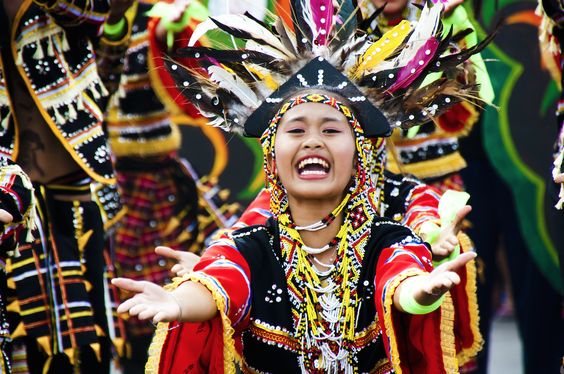

HOW TO MAKE KIPING
You Will Need:
Rice powder
Water
Pinch of salt
Food coloring in various colors
Kabal leaves or any large waxy leaf
THE PAHIYAS FESTIVAL
When and where: 15th of May in Lucban, Quezon Province, the Pahiyas Festival might just be the most colorful form of thanksgiving one will ever see. At this harvest festival, this town at the foot of Mount Banahaw becomes awash in bright hues and patterns and opens its doors for generous shared feasting. The highlight is a religious procession for San Isidro Labrador to ensure a bountiful harvest in the coming seasons. With every residence brimming with rice grains and stalks, flowers, fruits, vegetables, and handicrafts, there’s an opportunity for a photo-op at every corner.
“Pahiyas” means precious offering,” from the root word
“hiyas” which means “jewel.”
Procedure:
Add water to rice powder and mix until smooth. Separate the mixture into different containers and add a few drops of food coloring to your preference. Pour a small amount of batter onto the leaf, covering it completely, and steam for about a minute. Let it dry. When cool enough to touch, peel off.
THE PANAGBENGA FESTIVAL
When and where: All February in Baguio Get one’s fill of flowers at the Panagbenga Festival or the “Season of Bloom.” Up to one million visitors head to the highlands of Baguio to enjoy festivities in a backdrop of cool mountain air and pine trees. The city’s main passageway, Session Road, is cordoned off for a Grand Float Parade, featuring elaborate floats decorated with thousands of flowers some take up to a year to create.
Festival Fuel: Known as the Summer Capital, Baguio is also famous tor its strawberries which isn’t endemic in the Philippines. Try a local favorite, strawberry taho (a local, silken tofu snack with tapioca pearls and sweetened with syrup and strawberry preserves.)
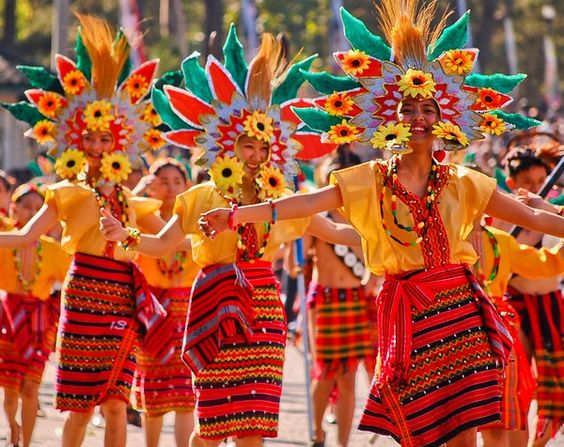

THE PEÑAFRANCIA FESTIVAL
When and where: The Sunday following September & in Naga City, Camarines Sur Bicol’s patron saint, the Virgin of Peñafrancia, is believed to be a miracle-granter and healer. It is in her honor that the locals of Naga celebrate this nine-day festival of street parades, dancing, and religious rites.
FESTIVAL FUEL: Red and green chillies and coconut milk figure heavily in Bicol cuisine. One of the signature dishes in the region is Bicol Express: pork chunks simmered in shrimp paste, coconut milk, and chilies. It’s creamy-with a kick.
